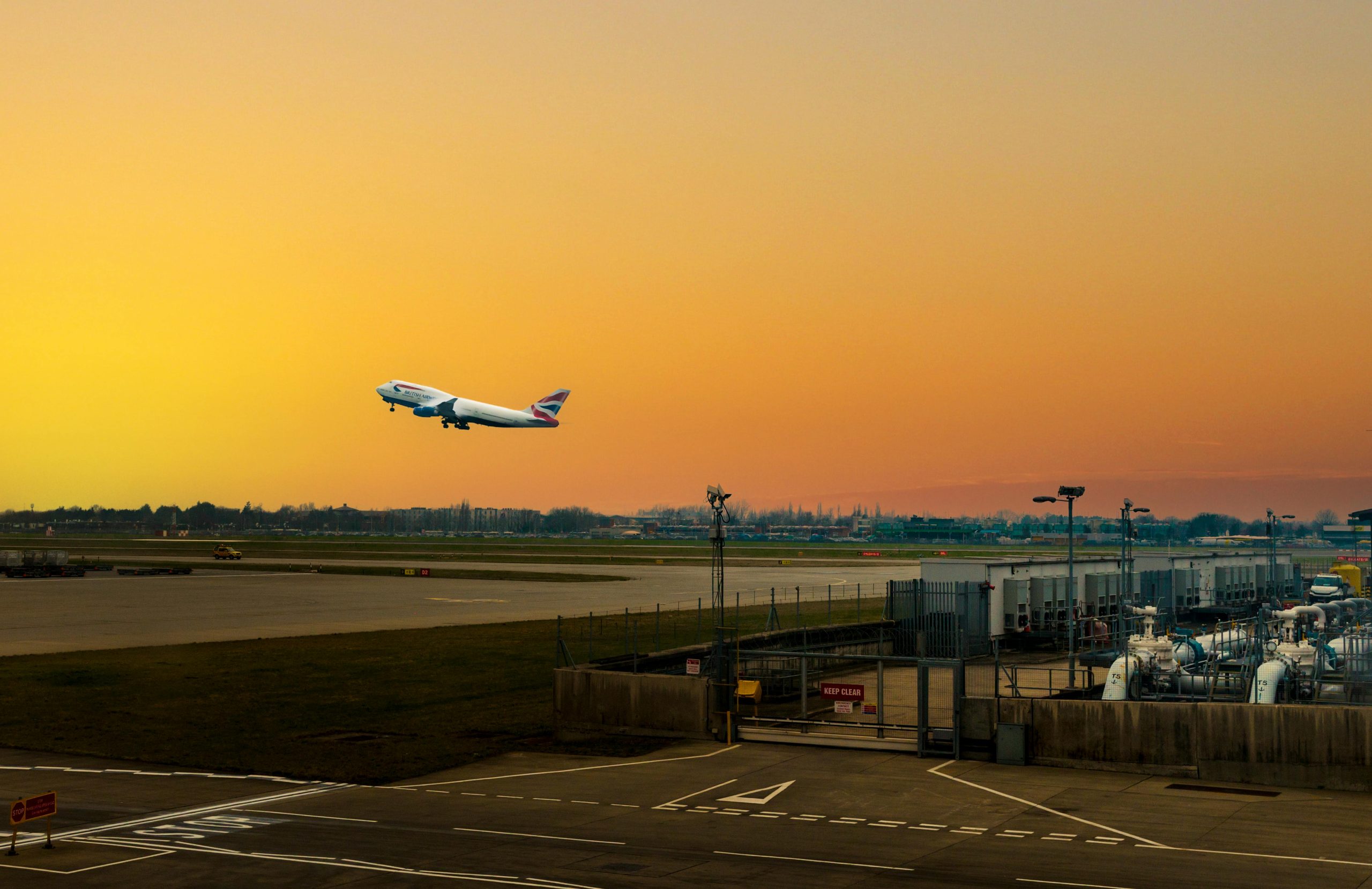Navigating London’s Skies: Understanding Heathrow’s Easterly Operations
Greetings, fellow aviation enthusiasts!
Lately, I’ve been diving into the operational patterns at London Heathrow Airport (LHR) and have come across something intriguing: the majority of the recent operations have shifted to easterly. This got me thinking, especially since I have an upcoming trip next Friday, May 30th, where I’ll be landing at LHR on a British Airways flight from Atlanta.
For those who might not be familiar, Heathrow typically sees about 70% of its operations in a westerly direction. However, it seems like there has been a notable change this year, with easterly operations taking precedence. This transformation piqued my curiosity. What could have driven such a significant shift?
As my flight approaches, I am hopeful that I’ll be able to catch some stunning views of London during my descent. If anyone has insights into the reasons behind this operational change or any tips for experiencing the best views while landing, I would love to hear your thoughts!
Safe travels and happy flying!


Insight into Heathrow’s Easterly Operations and Their Impact on London Visitors
As a London resident, I’ve noticed the recent increase in easterly flights at Heathrow and wanted to share some insights. Operations in an easterly direction often mean landing from the east, providing fantastic views of central London, the Thames River, and iconic landmarks such as The Shard and Tower of London during descent. This can be quite a memorable experience for travelers!
Several factors might influence this operational shift, including:
For travelers like yourself, landing from the east offers a unique perspective and memorable approach. To maximize your sightseeing experience, try to seat on the right side of the aircraft—it’s usually the side that faces London during descent. Also, keep an eye out for landmarks like the London Eye, Wembley Stadium, or even the London skyline if the weather is clear.
Enjoy your